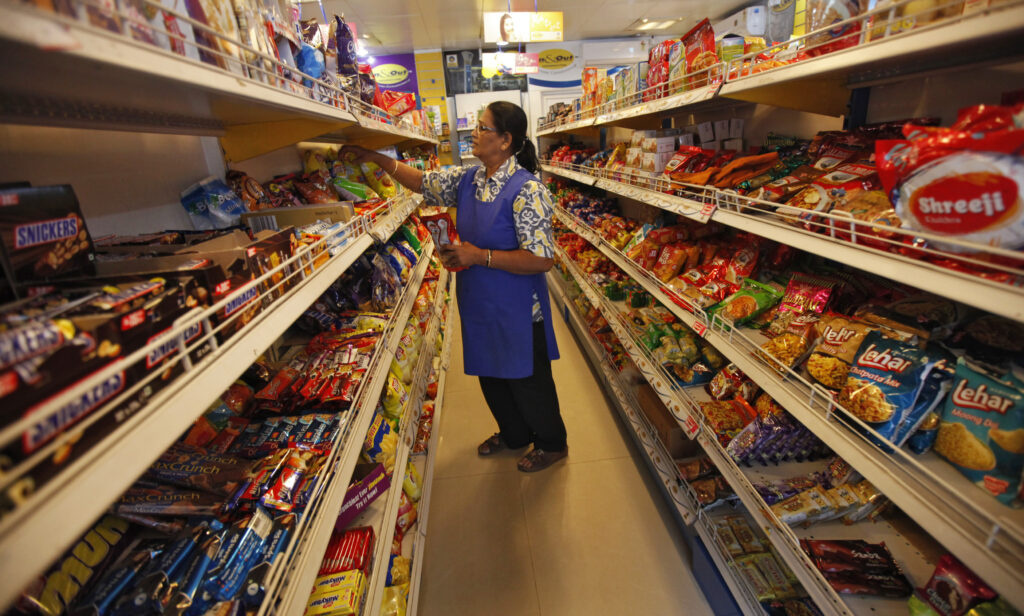
Mumbai, (IANS): India, the fastest-growing major economy, is set to become the third-largest by GDP by 2030, driving a Rs 190 lakh crore retail market by 2034, according to a report released on Thursday.Consumption in the country has been expanding at a pace ahead of other large economies. The Indian retail market is growing and this expansion has outpaced overall consumption, highlighting the sector’s resilience and strong momentum, according to the report by Boston Consulting Group (BCG) and the Retailers Association of India (RAI).India’s retail market has grown from Rs 35 lakh crore to Rs 82 lakh crore in the last decade, witnessing a 9 per cent growth."It is expected to be Rs 200 lakh crore in the next decade and will offer diverse opportunities which are all at scale and need very different operating models to deliver a winning proposition. There is an opportunity for multiple trillion-rupee turnover retailers by 2035," BCG Managing Director and Senior Partner, Abheek Singhi, said.Affluent households are projected to triple by 2030, creating significant opportunities in premium...



















